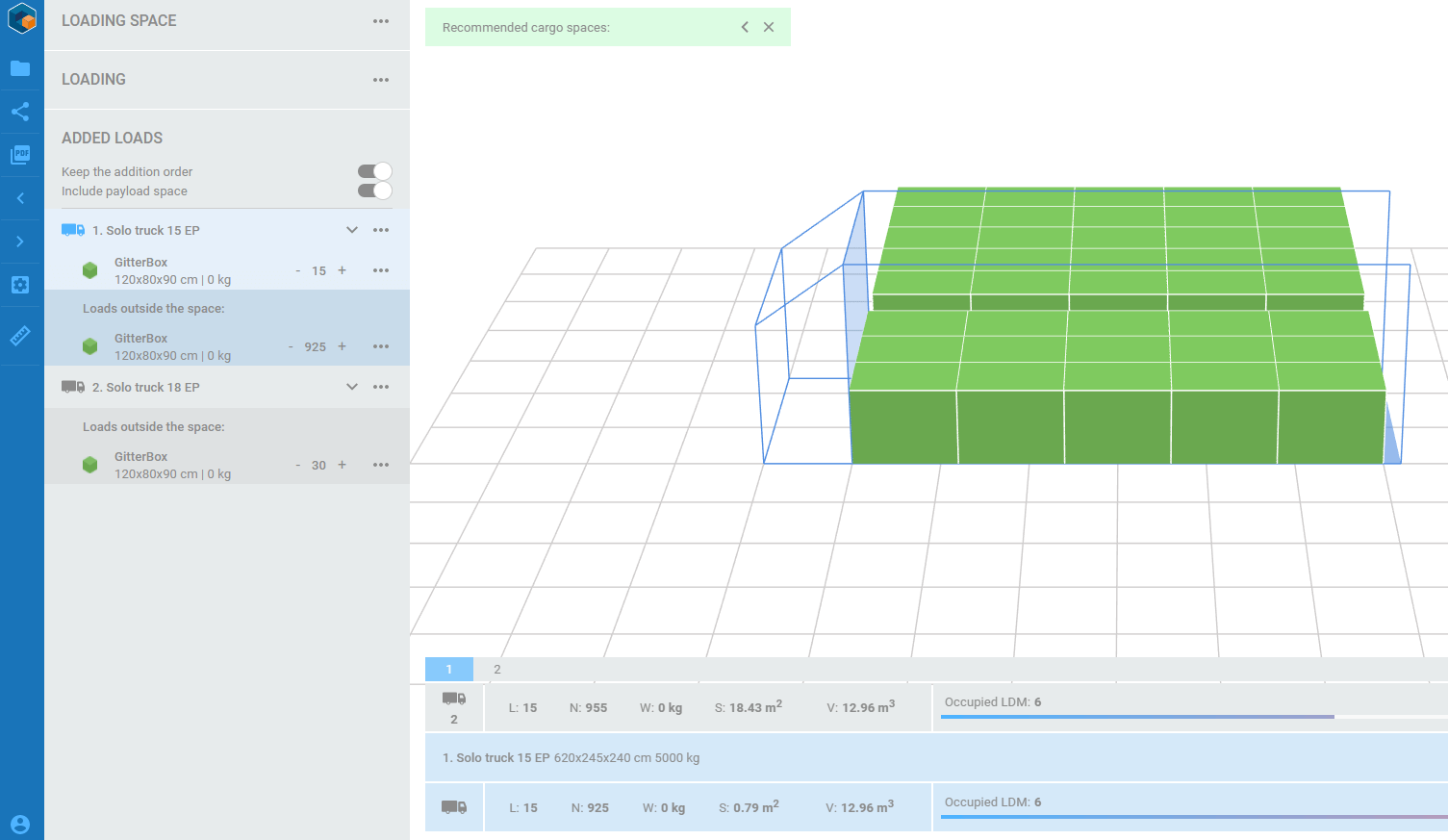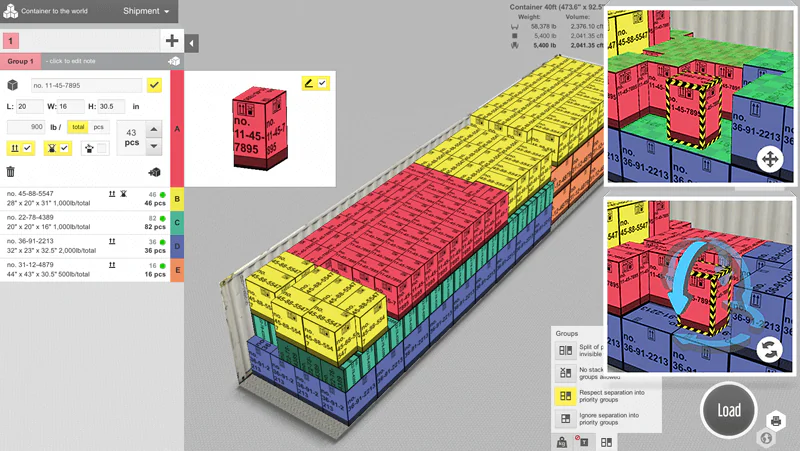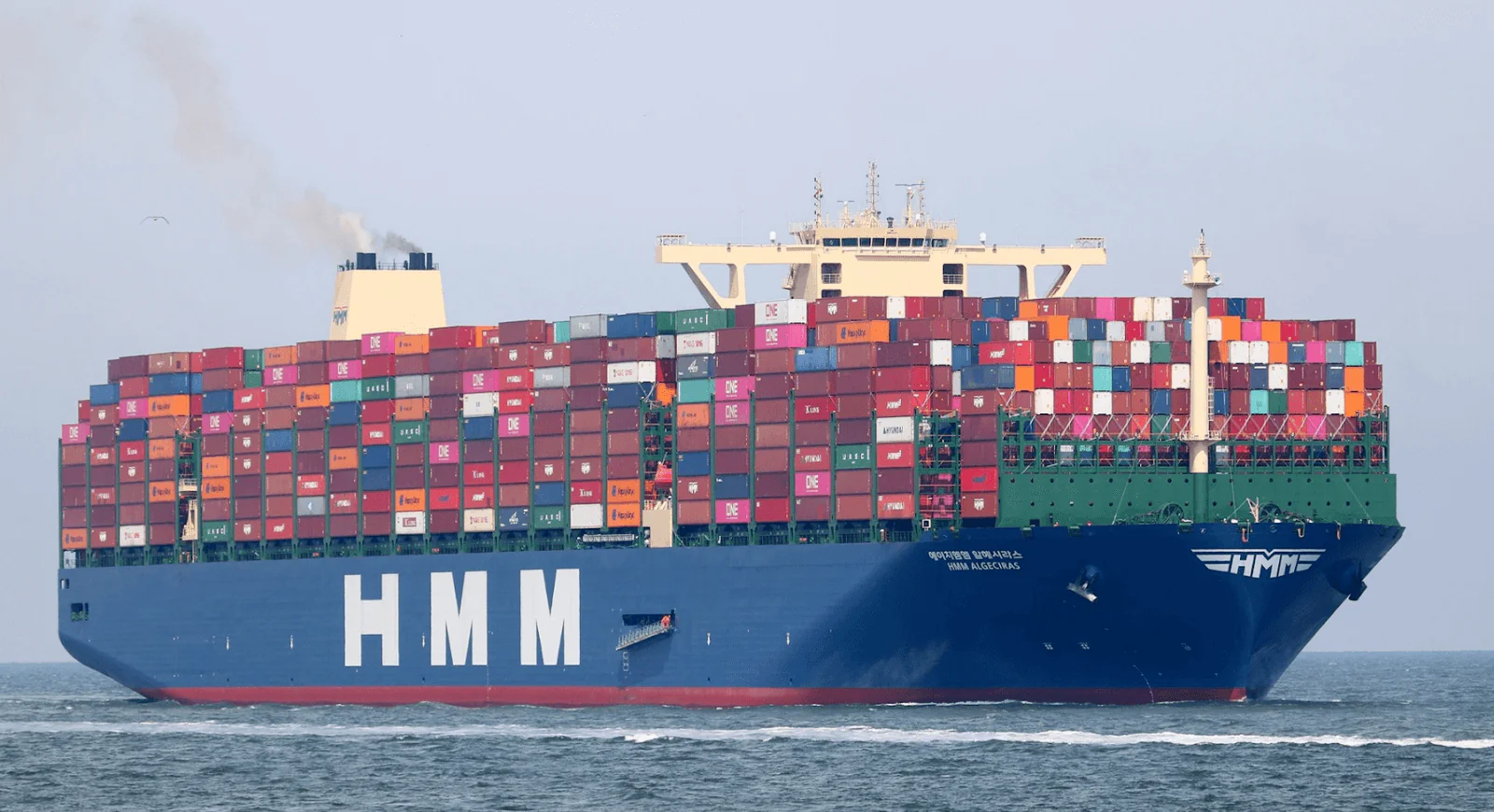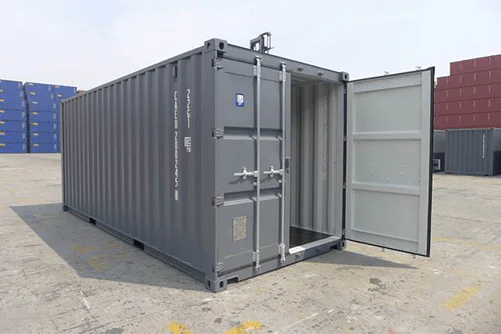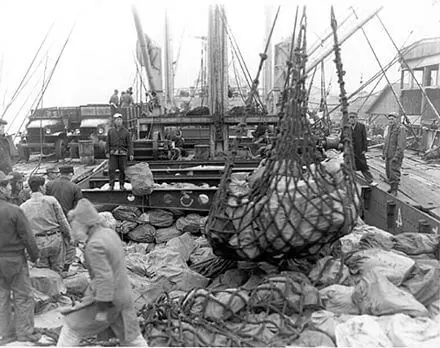Which is the best load planning application? (Part 2/4 – user experience) Lukáš Polame | 28. 10. 2020
In the first part, we discussed the functions that individual container and truck loading applications have. Today, we evaluate user-friendliness, quality of calculation, see if the programs have a mobile version, and if they are online. If you are more interested in pricing; you can skip to the third part. For the final results, read the last part of our mini-series.
The list of all tested applications with links to their websites is at the end of this article.

